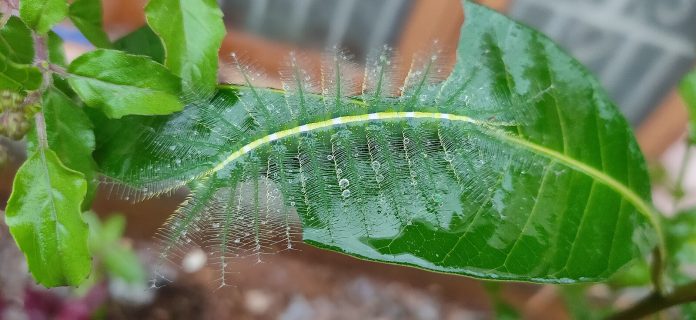
Biologists Sam England and Daniel Robert from the University of Bristol have revealed that at least three varieties of caterpillars possess the ability to detect and react to an electrostatic field produced by predators.
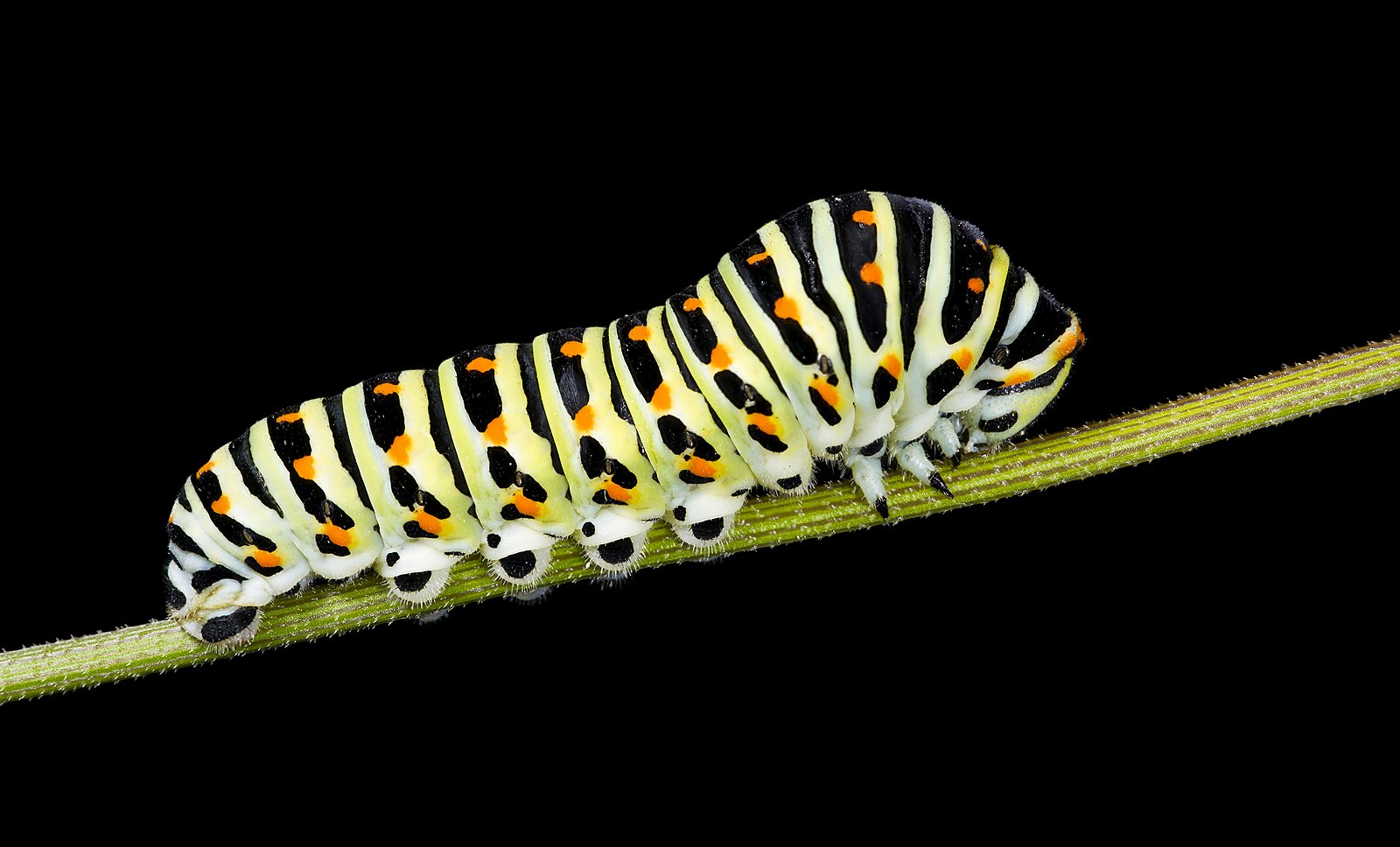
Their findings, documented in the Proceedings of the National Academy of Sciences, involved the study of over 200 caterpillars collected over a span of two years, assessing their reactions to an electrostatic field.
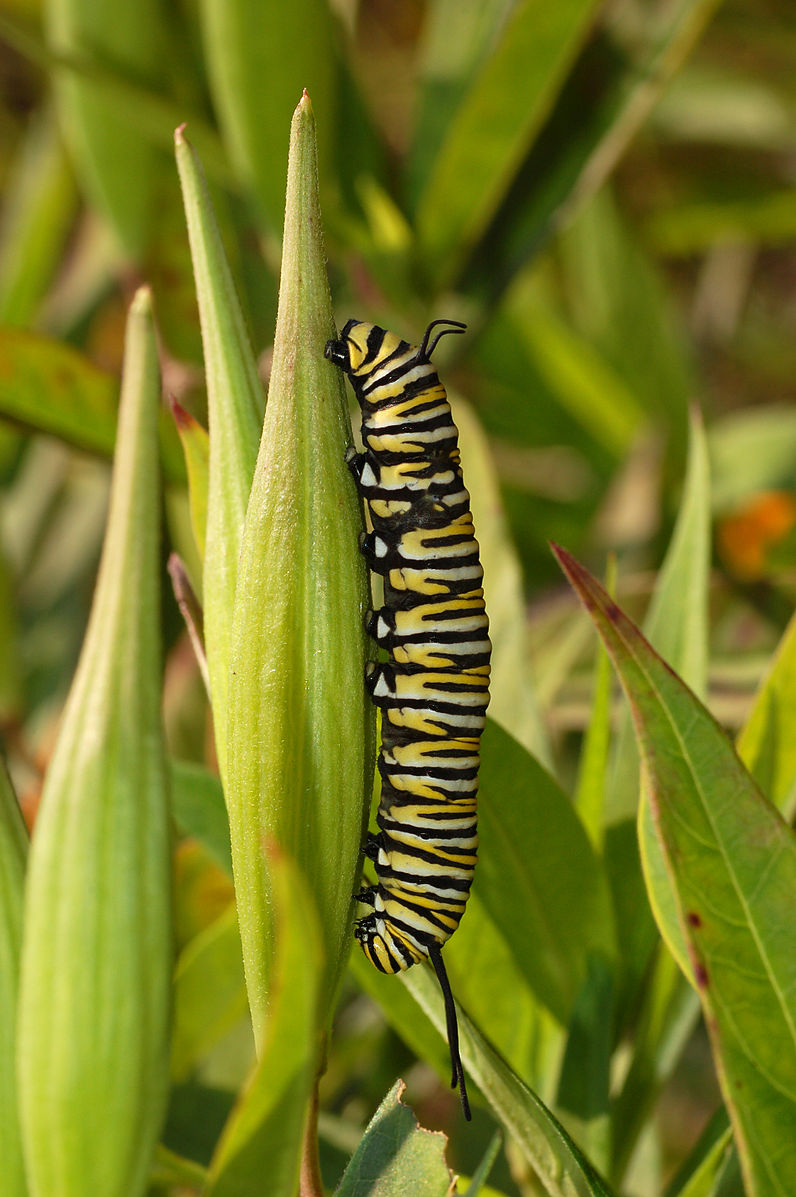
Electrostatic charges arise from friction; for instance, rubbing a balloon against a carpet or the movement of clothes in a dryer can generate such charges.
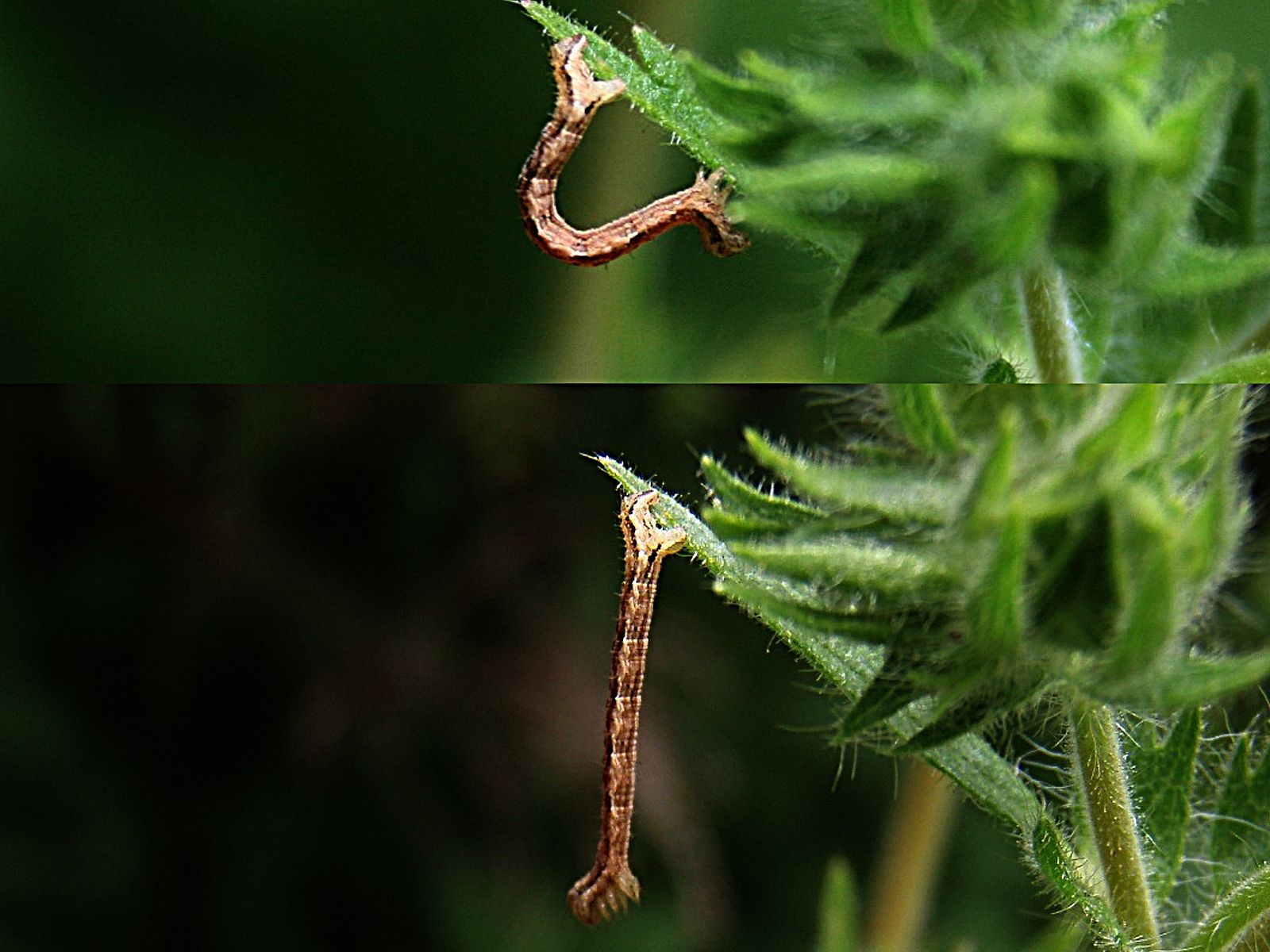
Previous studies have suggested that various animals emit electrostatic charges as they move, and some species, including flies, spiders, and bees, possess the ability to detect them.
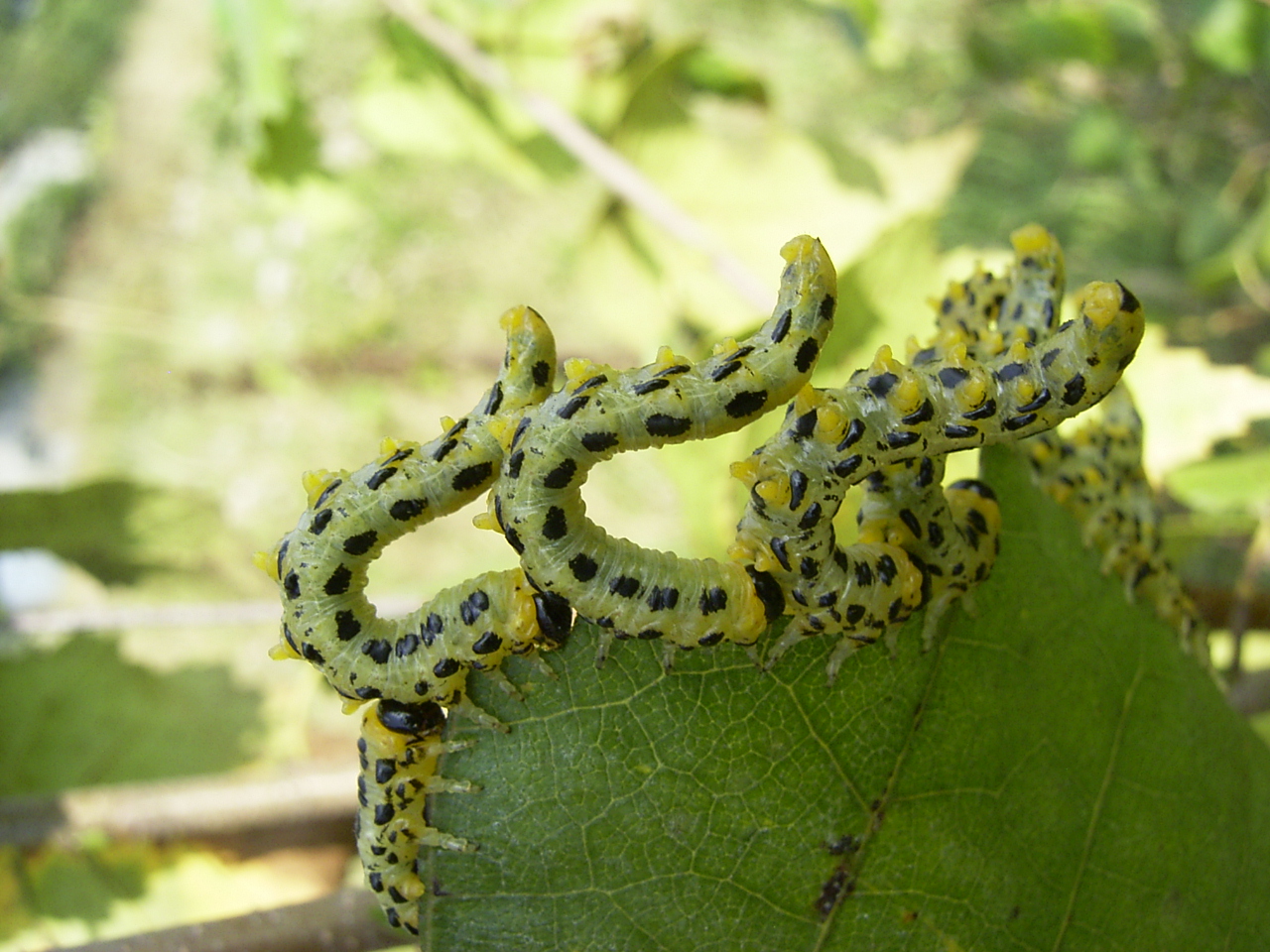
In this recent investigation, the researchers explored the possibility of certain animals utilizing electrostatic fields to detect the presence of predators.
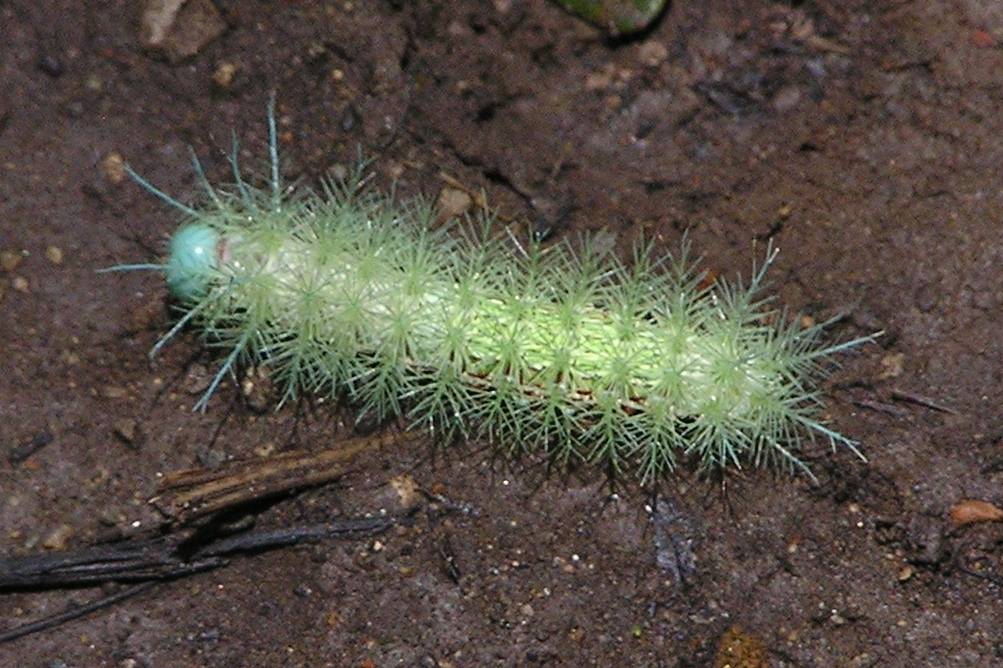
The team concentrated on caterpillars, possessing abundant hairs that could serve as electrostatic sensors, and wasps, acknowledged predators of caterpillars, likely producing an electrostatic charge via their swift wing movements.
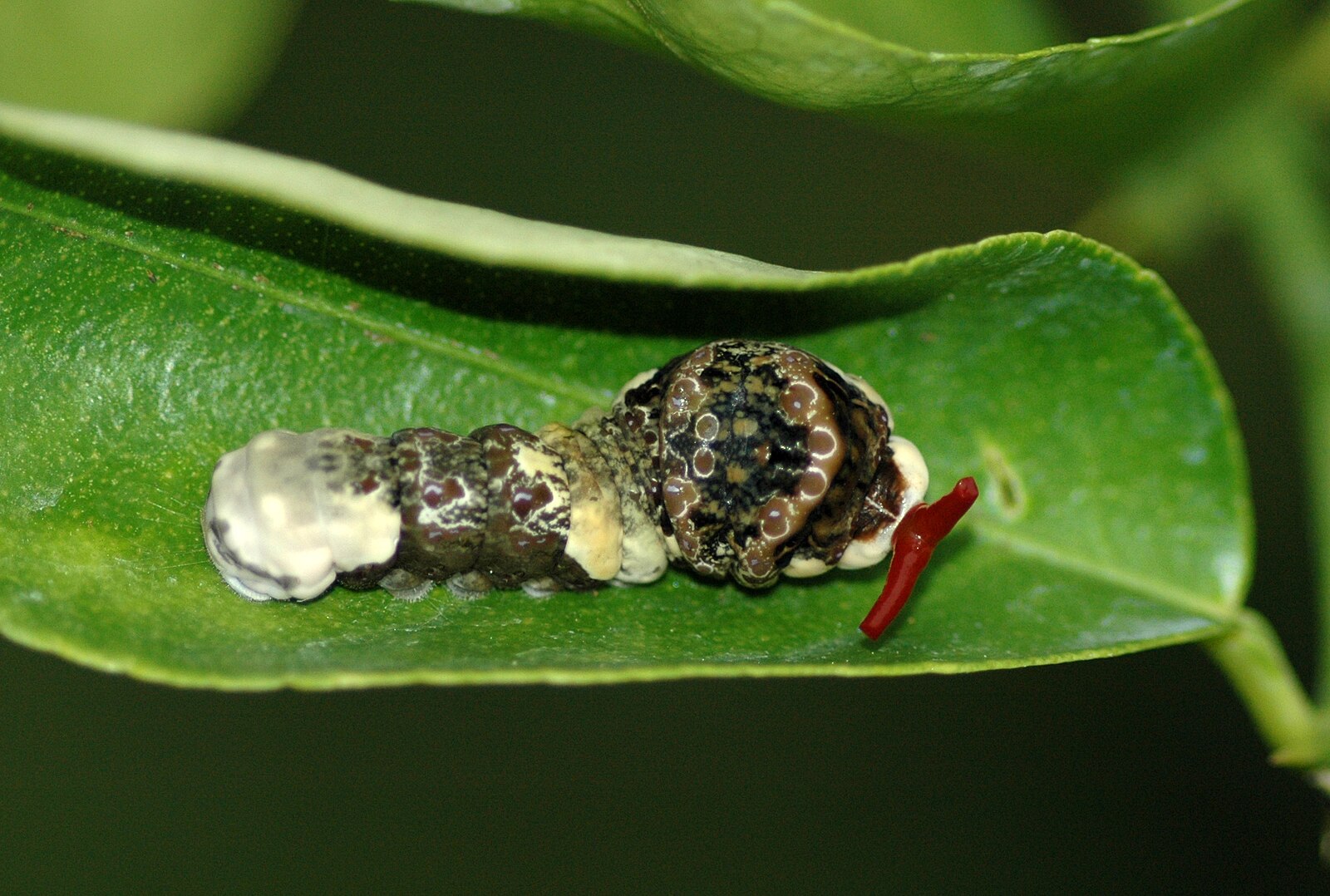
This investigation aimed to explore whether these organisms utilize electrostatic fields for predator detection.

To examine the species, the scientists initially trapped wasps and confirmed that they produced an electrostatic field during wing flapping, with the intensity of the charge readily measurable, fluctuating with wing movement.
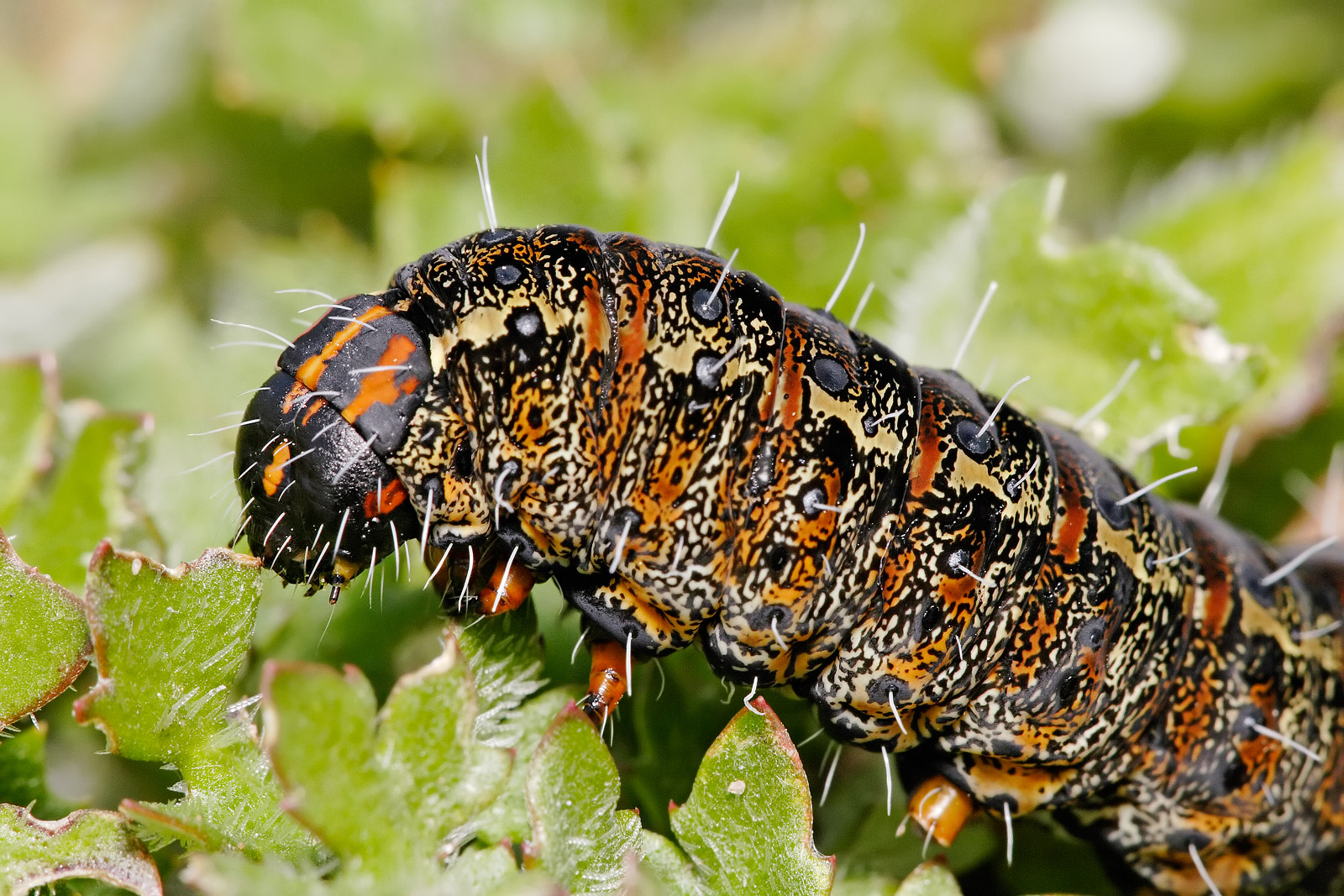
Subsequently, the researchers collected over 200 caterpillars from three distinct species: larvae of the cinnabar moth, the scarce vapourer moth, and the European peacock butterfly.
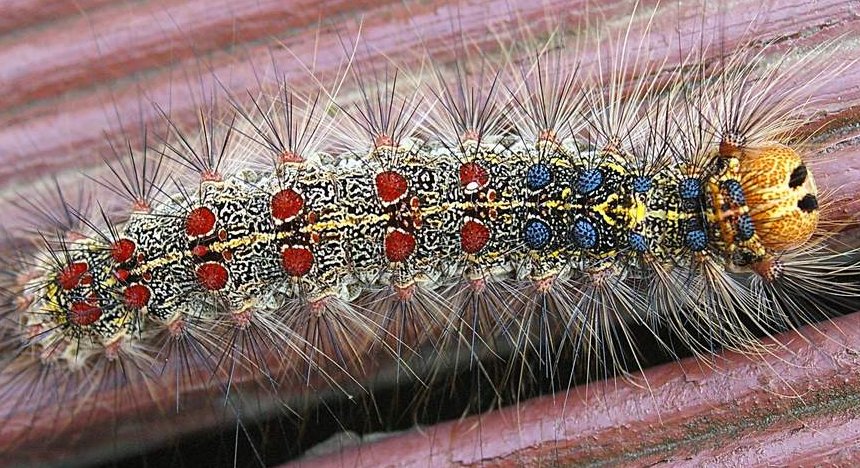
In laboratory settings, they subjected these specimens to tests assessing their capacity to detect and respond to a simulated electrostatic field mimicking the output of a wasp-generated charge.
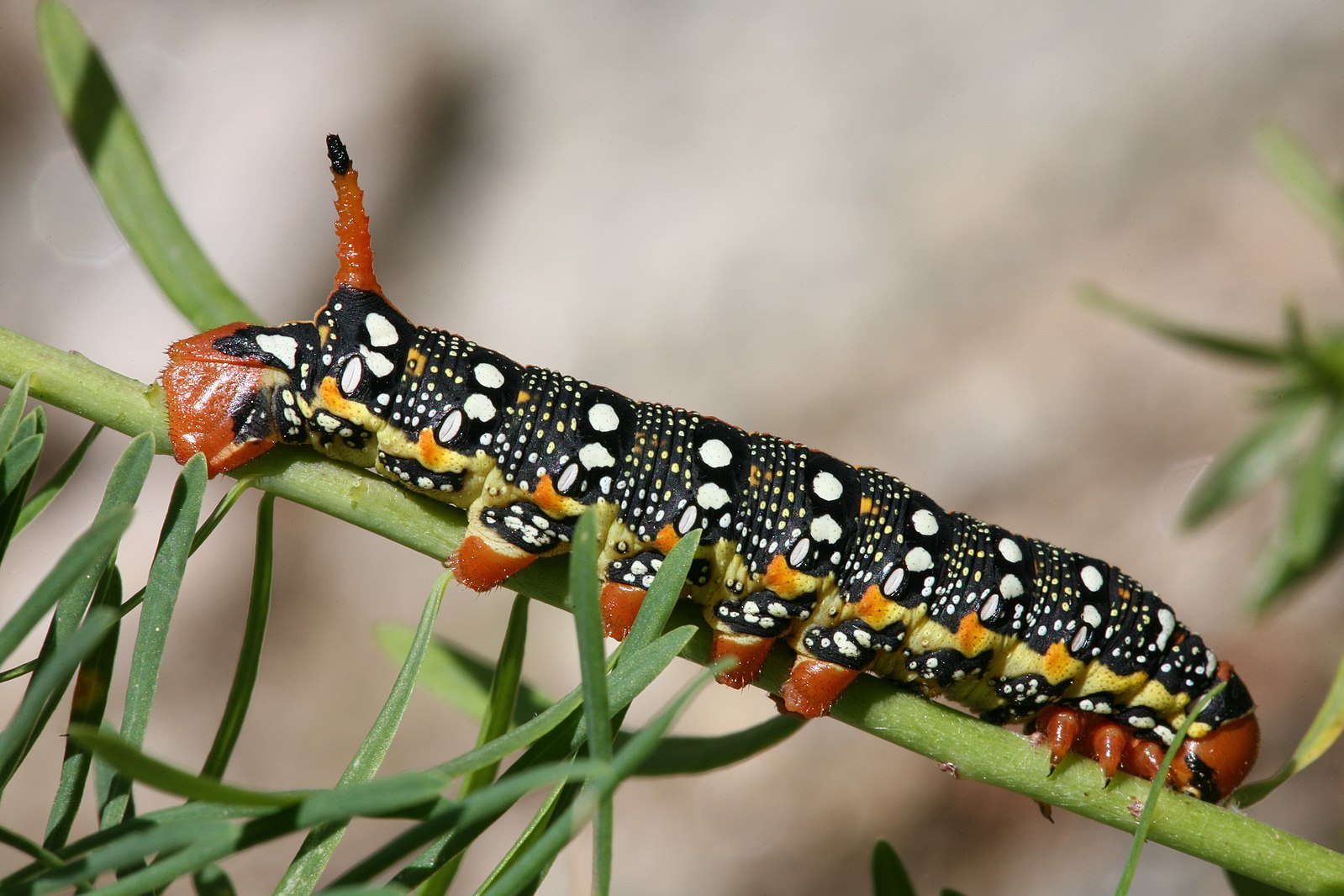
During the caterpillar testing phase, the scientists observed distinct reactions across all three species to the presence of an electrostatic charge.
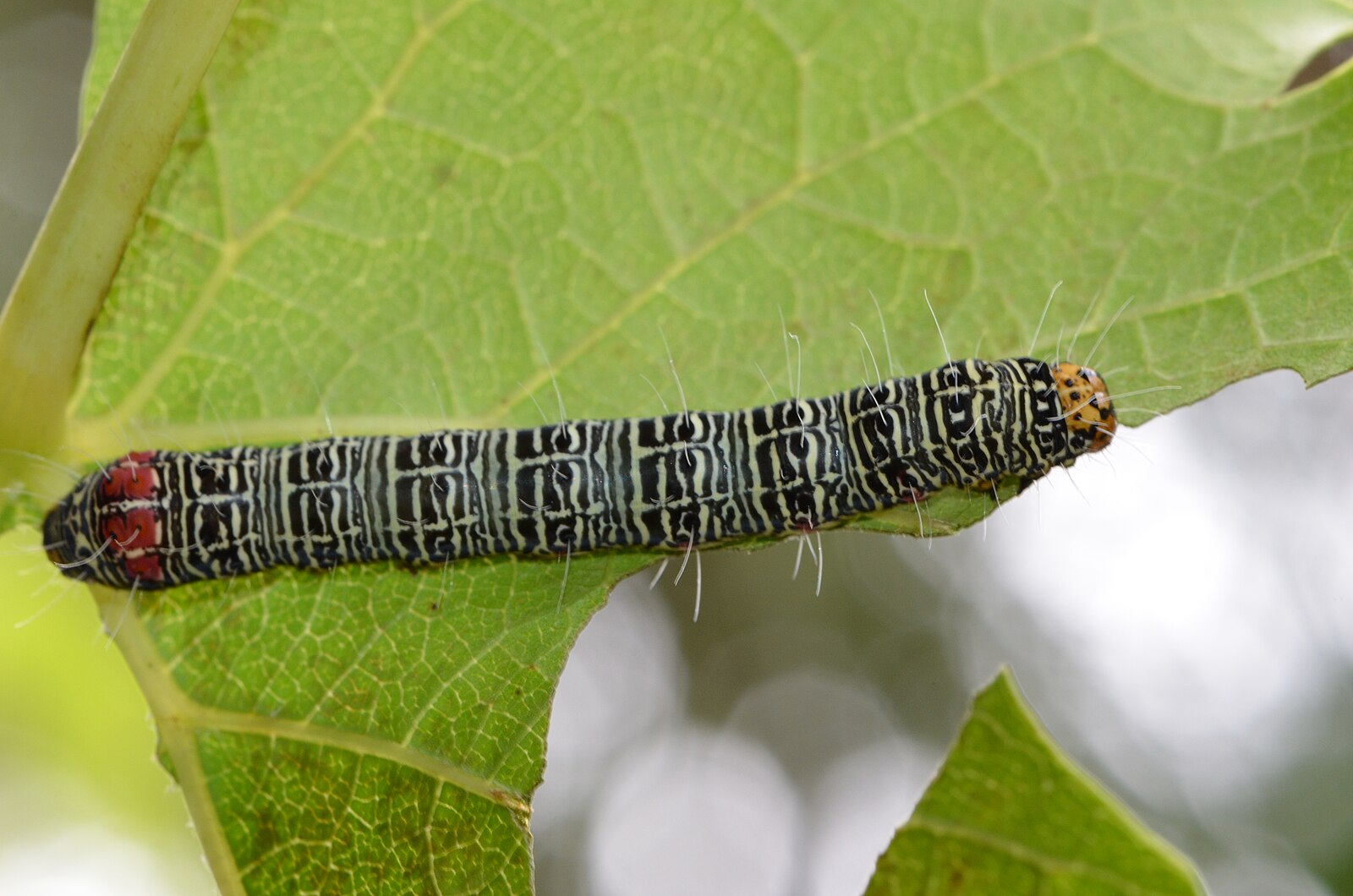
Some caterpillars exhibited body flailing, while others adopted a defensive coiling posture.

Notably, the caterpillar’s setae displayed heightened responsiveness when exposed to an electric field resembling the typical output of a wasp.

This led the researchers to propose that the evolution of caterpillar setae may be attributed to their ability to detect the electrostatic fields of wasps and potentially other predators.
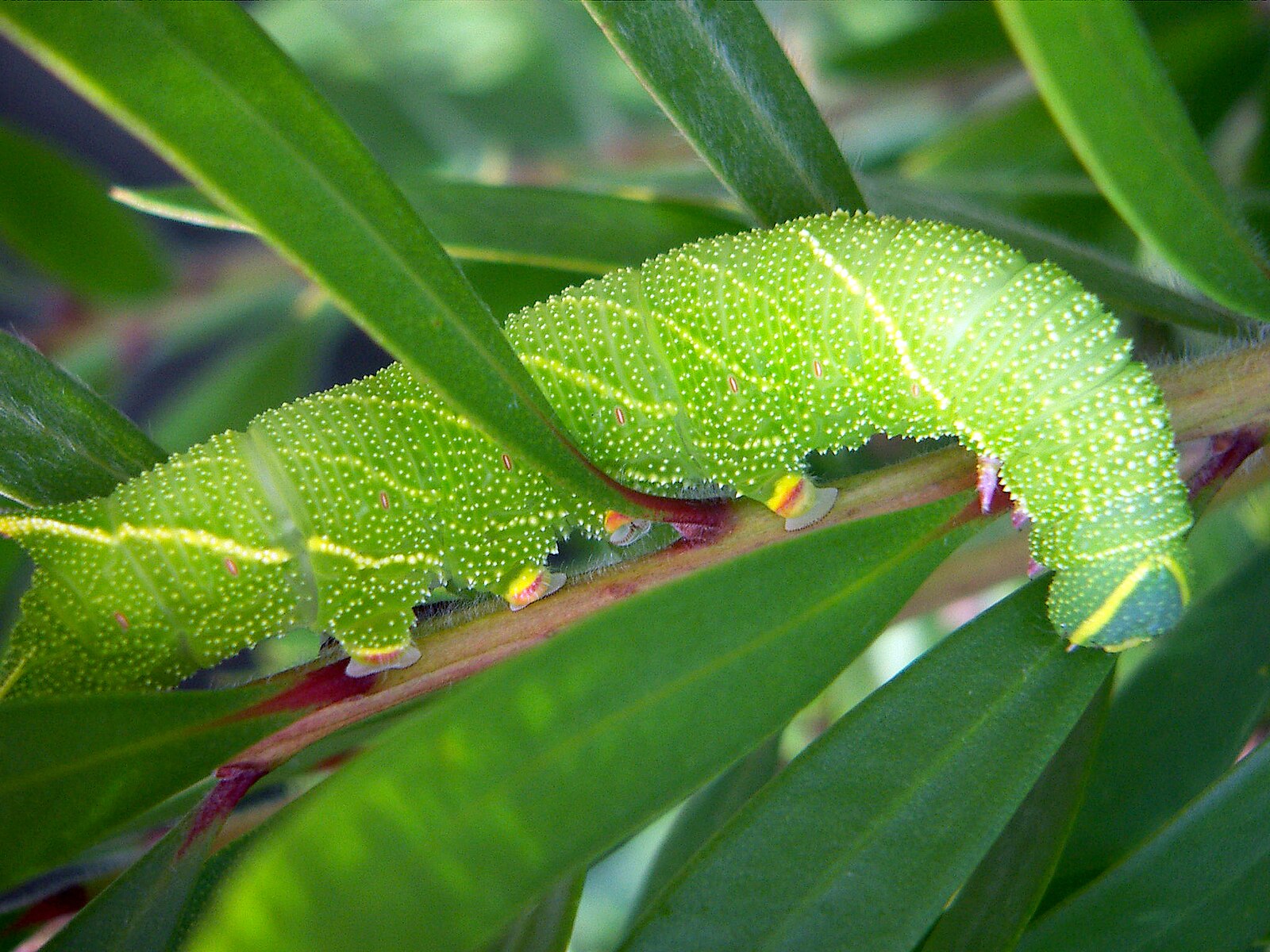
The implications of such studies extend beyond mere academic interest. These insights into the electric sense of caterpillars, sharks, rays, and other animals illuminate the intricate and surprising ways wildlife interacts with its environment.
Relevant articles:
– Biologists discover caterpillars are able to sense electrostatic fields generated by predators, Phys.org
– How Do Sharks and Rays Use Electricity to Find Hidden Prey?, KQED
– Electric Signals Detect Prey — Biological Strategy — AskNature, AskNature
– Animals That Use Electricity, Medium · Tom Kane
